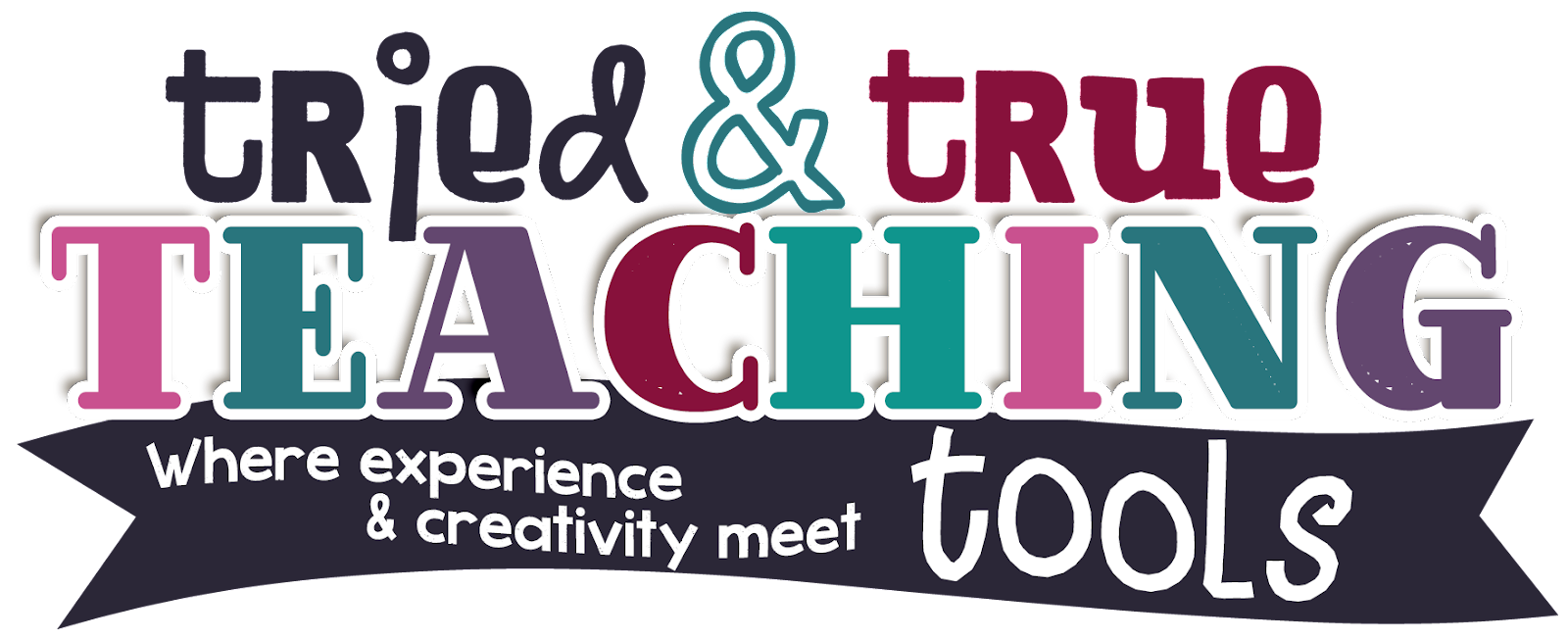The bands are made from 1-1/2” wide elastic sewed together to form a loop. (Although my teenager looked at them and asked, “Why don’t you just use Chinese jump ropes?” Hmmm. . . that might have been simpler!!) Students form groups of 4-5. As I call out various shapes, groups use the elastic (geoband) to form the shape. As I walk around to each group, they must DESCRIBE attributes, or PROVE why their shape is what it is. For example, a square would have 4 right angles and 4 equal sides; a trapezoid is a parallelogram with 1 set of parallel sides. They start to understand and use the mathematical vocabulary (& love using their bodies!)
Another way to use vocabulary to demonstrate understanding is writing regularly in math journals. After lots of oral discussion and modeling (love the document camera for this!!), students are encouraged to explain their strategies.
We celebrate “bloopers,” or mistakes that help lead us to the answer. I encourage students to NOT erase, but SHOW their thinking process. As a weekly homework assignment, my students use Math at Home, a monthly problem solving booklet. They choose one problem per week to solve. They must explain their thinking strategy and steps in pictures, words, and numbers. Although initially difficult, students become proficient in using mathematical vocabulary in their writing! Check out my 4th Grade Math at Home booklets here!
We know the importance of students bringing their own experiences and understandings to the classroom. Chapter 3 focuses on Making Mathematical Connections; experience = schema. To get to know my fourth grade students better, we discuss ourselves as mathematicians and brainstorm topics in math. Next, they write about themselves: one paragraph about their attitude towards math, one paragraph about what they are a good at in math and one paragraph about what they still want to improve in math. Younger students fill out a survey, Myself as a Mathematician. This lets me understand their background and attitudes about math. They also fill out a survey at the end of the year to see their growth. Download your copy of both surveys here.
I also want to know what my students know about concepts before I formally teach. Placemat Consensus is a very effective pre-assessment. In groups, students draw a large (empty) circle in the center of a large piece of butcher paper and then mark a section off so they each have a “placemat” in front of them. Set the timer for 10 minutes and students independently write and draw everything they know about a concept. Next, students share their placemat to the rest of their group members. If everyone in the group agrees with their ideas (comes to consensus), a recorder adds it to the middle of the circle. Lastly, each group presents their findings to the class. This is a terrific way to assess their content vocabulary and understandings.
I can’t wait to continue reading Chapters 4-6 for next week! I hope you’ll join me! How do you foster mathematical language and vocabulary with your students? Please comment; I love to read all your ideas!












Great post....I am moving to a school using CGI/UCLA Lab School and Cognitive Guided Instruction is big there. From my training I see A LOT of what this book is discussing and you explaining that I am excited and I have now marked it for future reference.
ReplyDeleteThank you for the link to the other blog where she discusses CH1-3.
Really enjoyed reading the post.
Kelly
Hi Kelly!! Thanks for the comment; I love thinking about math in these terms! I used to be an aide at the UCLA lab school (back in the '80's!!) LOVE the philosophy there!! Check back next week for more math ideas! ~Kathie
Delete